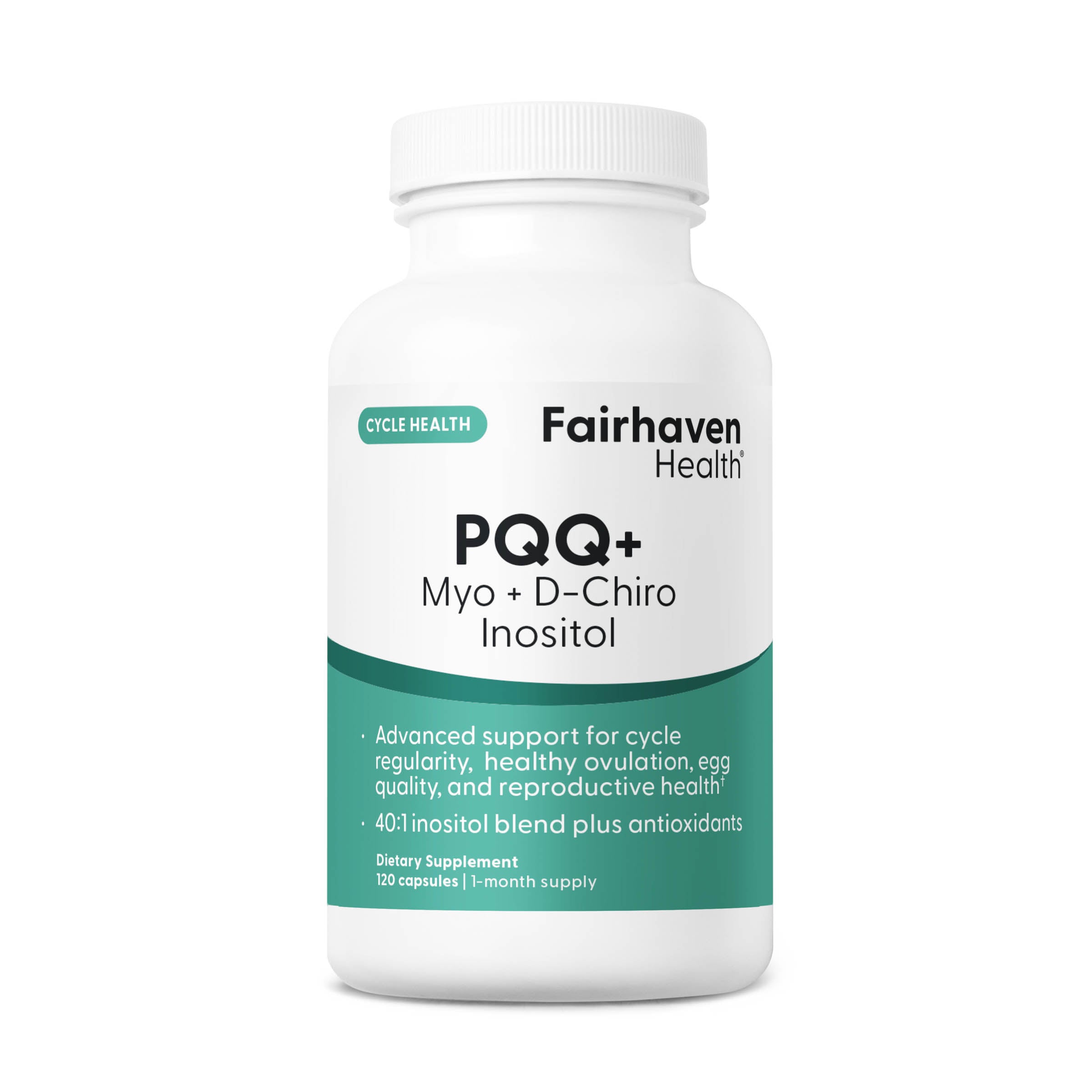When we're younger, we're told (with good reason!) that nearly any instance of unprotected sex can lead to pregnancy.
When we're actually trying to conceive, however, we discover that this is not necessarily the case. The reality is that most women have just a 3-5 day window each cycle in which pregnancy can occur. The result? If you're not aware of your fertile window, the path to pregnancy can quickly become a very frustrating journey.
In calculating your fertile window, it helps to know your average cycle length and whether you have a regular or irregular cycle. You can determine your cycle length by simply counting the days from when full menstrual bleeding begins (cycle day 1) to when you see menstrual bleeding return. A regular cycle is one that contains roughly the same number of days in each cycle, give or take a few. An irregular cycle is when your cycle length varies considerably from cycle to cycle. For women with irregular cycles, ovulation prediction can be a bit more difficult and may be an indicator of an underlying ovulatory disorder. Many women indicate that FertilAid for Women has helped them in imparting some normalcy to an irregular cycle.
With this information in hand, you can begin to track your fertile window through a variety of means, including monitoring changes in your cervical mucus, using urine-based ovulation tests, taking your basal body temperature (BBT), or even using an electronic fertility monitor.
Once the menstrual bleeding associated with your period ends, your body begins to prepare for its next opportunity to conceive and your ovarian follicle begins to develop and mature. At this time, production of Follicle Stimulating Hormone (FSH) and Luteinizing Hormone (LH) increases to help facilitate the maturation of the dominant follicle. The dominant follicle is the "chosen" follicle that your body seeks to rupture, resulting in ovulation.
Your most fertile window is comprised of the days leading up to ovulation, as well as the day of ovulation itself. Due to the fact that sperm can survive within a woman's body for up 4-5 days, it's recommended that you time your "procreational" intercourse (aka "babydancing") to occur just prior to ovulation, as well as on the day of ovulation, to increase your chances of conceiving.
During your fertile window, we would expect you to see a change in the quantity and consistency of your cervical mucus. What is referred to as "fertile-quality" cervical mucus very much resembles raw egg whites in both look and feel. This clear, highly viscous fluid provides the sperm with a healthy medium in which it can swim toward the egg for fertilization. FertileCM® For Women is a Fairhaven Health product designed to help support your body's production of fertile-quality cervical mucus.
When using ovulation tests, you'll find that knowing your average cycle length comes in handy to help you determine when to begin testing. Women with longer cycles will ovulate later; therefore they will begin testing for ovulation later than women with shorter cycles. Make sure to refer to the directions that come with your brand of ovulation test to you know when to begin testing. Ovulation tests detect the LH surge in your urine, and from the first positive test you see, you can expect that ovulation will occur anywhere from 12-48 hours later. This helpful tool provides you with advance notice of ovulation, allowing you to time intercourse to coincide with your most fertile window.
After ovulation, your body increases its production of progesterone to warm the body and prepare for pregnancy. This shift from estrogen dominance to progesterone dominance is a signal that ovulation has occurred. If you are using a basal thermometer, you will see this switch confirmed by the slight rise in temperature on your basal body temperature (BBT) chart. At this point in your cycle you are in your luteal phase, or what some TTC aficionados affectionately call the "two week wait." If the egg is fertilized, then your body will begin to prepare for pregnancy, and the fertilized egg will attach and implant to the uterine wall. If not, your body will begin breaking down the uterine lining, resulting in menstruation.
Many struggling TTC couples neglect to consider male fertility as a possible contributing factor, despite the fact that male fertility issues contribute equally to infertility. We recommend that all trying-to-conceive men take a comprehensive male fertility supplement, such as FertilAid® Multivitamin For Men or FH PRO® Fertility Multivitamin For Men. Doing so will provide him with all the necessary vitamins, minerals, antioxidants, and amino acids needed to ensure optimal sperm health.
Wishing you all the best in your trying-to-conceive efforts!







